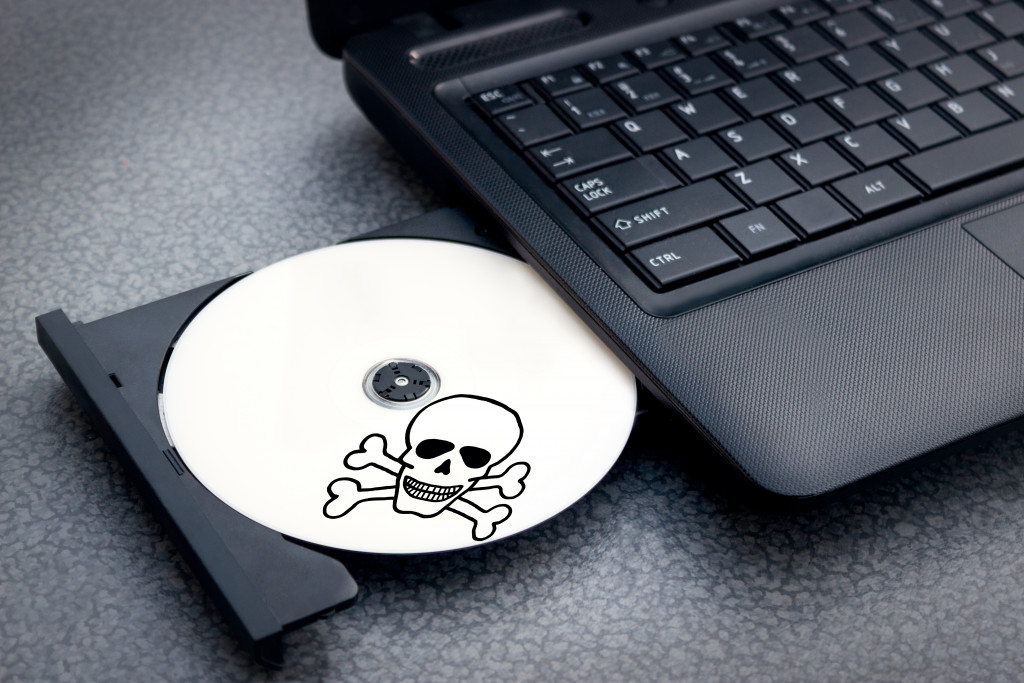- The Internet has made it easier for people to access digital content and services, but it has also created a new piracy industry estimated to cost billions of dollars in lost revenue.
- Pirates have decreased revenues for content creators, increased the risk of security breaches, lack of vendor support, and stifled innovation in the digital industry.
- To fight against piracy, content creators can use legal services, digital rights management (DRM), watermarking, and takedown notices to protect their work from being stolen or exploited.
- With the proper protection in place, content creators can rest assured that their hard work won’t be taken advantage of by pirates.
The Internet has seen tremendous growth over the years and is a significant part of everyday life for millions of people. It is estimated that 3.5 billion people worldwide now have regular internet access, with an increasing number of daily users. This digital revolution has transformed people’s lives, especially regarding paid content.
The Internet and Piracy
The Internet has made it easy for people to access digital content and services, but it has also created a new piracy industry. Over the years, the digital sector has been plagued by pirates who steal copyrighted material and distribute it illegally. This illegal activity has significantly impacted the industry, resulting in billions of dollars in lost revenue annually. Here’s a look at four ways pirates are disrupting the digital industry.
Decreased Revenues for Content Creators
Pirates have put a severe dent in the profits of content creators. When people can get access to movies, music, and books without paying for them, they’re not contributing to the revenue stream that supports these creators. Pirates undercut legitimate businesses and make it more difficult for artists and writers to make a living from their work.

Increased Risk of Security Breaches
When pirated software is installed on a computer or device, there is an increased risk of security breaches. This can be especially dangerous if sensitive data, such as medical records or financial information, is involved. Pirates often don’t pay attention to security updates or patching vulnerabilities, which increases the risk of data loss or theft. Furthermore, pirated software can contain malicious code that infects computers and devices with viruses or other malware.
Lack of Support from Vendors
Piracy also affects vendors who sell digital content and services. Many vendors won’t support illegally obtained products because they assume customers are already familiar with using them correctly. This leaves customers stuck with products that may not work properly or be riddled with bugs that can’t be fixed without assistance from tech support staff.
Stifled Innovation
Finally, piracy stifles innovation in the digital industry because companies have less incentive to create new products if they know their efforts will be undermined by pirates who give away their content for free.
As a result, companies will start investing less money into research and development, knowing they won’t make enough money back from sales to justify their efforts. As a result, digital industry progress slows significantly as innovations become more scarce due to a lack of funding and resources.
The Fight Against Piracy
The world is slowly beginning to take steps against piracy with stronger laws and better enforcement of those laws. Here’s what you need to know about the fight against piracy:

Legal Services
The first step to combat piracy is to provide users with legal services that offer quality content. An experienced intellectual property lawyer can help content creators, and even software developers protect their products. This ensures they are safe from pirates profiting from their hard work.
Digital Rights Management (DRM)
DRM software protects digital media from being copied or shared without permission. It does this by restricting access to specific files and giving content owners control over how their intellectual property is used and distributed. DRM also allows content owners to track usage analytics, meaning they can identify any unauthorized copying or sharing of their work. Ultimately, DRM helps protect creators from piracy while allowing them to monetize their work.
Watermarking
Watermarking is another popular anti-piracy method where a small logo or message is added to videos or images before they are released online so that they can be traced back if unauthorized copies are found elsewhere on the web. Not only does watermarking help protect against piracy, and it serves as a form of advertising for the source as it encourages people to view and download content from its intended provider instead of an illegal source.
Take Down Notices
If someone notices that their work has been pirated, they can fight back by sending what’s known as a “takedown notice” to the website hosting the pirated material. The notice will instruct the website owner to remove the pirated material immediately or face potential legal action for copyright infringement – something no website owner wants!
Piracy is a significant problem in the digital industry, but there are ways to fight back. By investing in legal services and using DRM, watermarking, and takedown notices to protect their work, content creators can help ensure that their hard work isn’t stolen or exploited by pirates.
